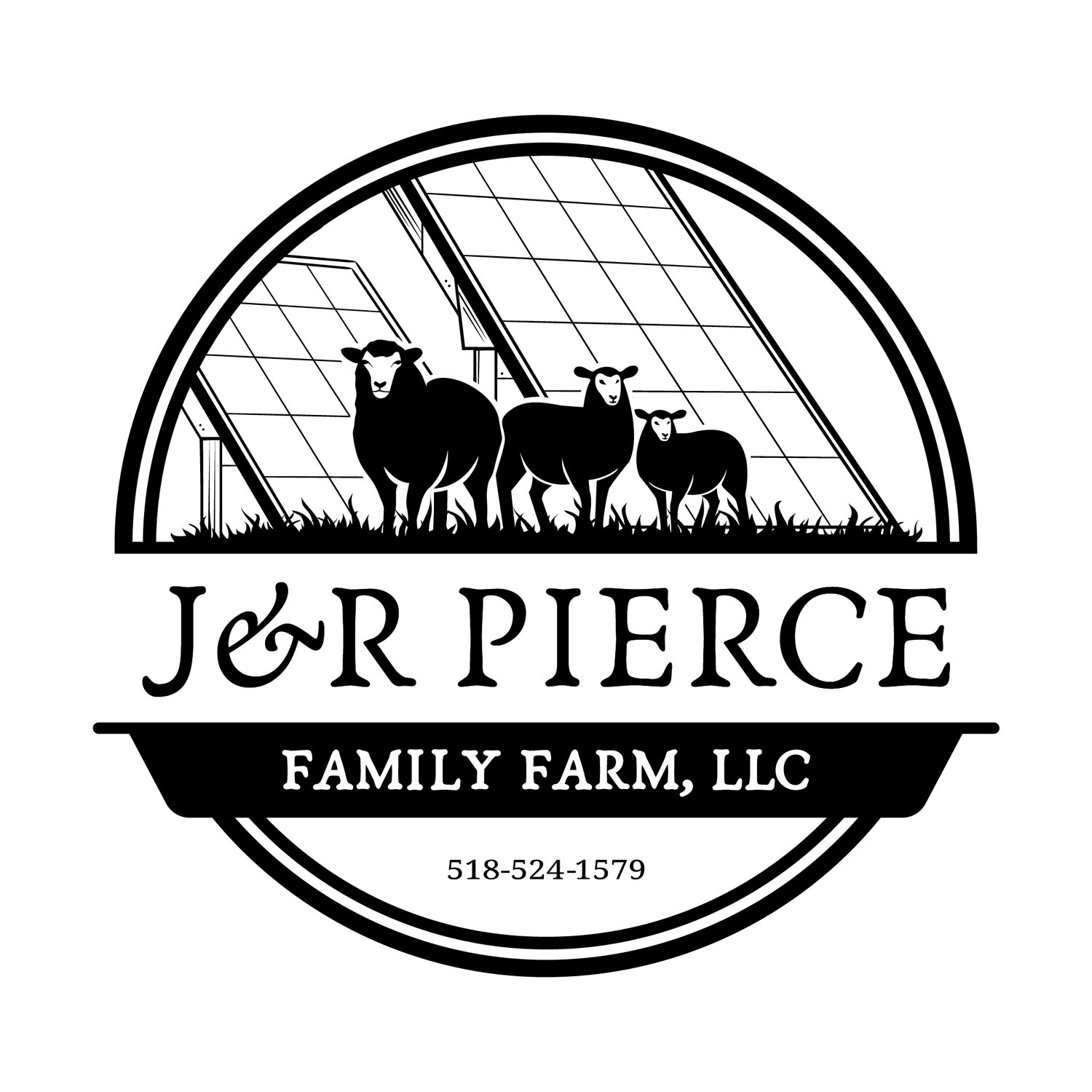Pigs: They’re Just Like Us
Pigs: they’re just like us!
I’ve written before about how similar pigs are to humans, in a lot of different ways. In today’s post, I want to break things down a little further.
**J&R Pierce Family Farm is a participant in the Amazon Services LLC Associates Program, an affiliate advertising program designed to allow sites to earn advertising fees by linking to products on Amazon. I often link to Amazon when recommending certain products, and if you choose to purchase, I may earn a small percentage of the sale. It costs you nothing extra, and all recommended products are ones that I personally vouch for.**
How is the Pig’s Digestive System Similar to Humans?
For starters, they have a very similar digestive system. We both are monogastric (meaning a single stomach) and eat omnivorous diets. The biggest difference between the two of us is that pigs have a larger cecum (in the large intestine) and a colon that’s more spiral in shape.
This is likely due to the fact that pigs are more evolved to eat fibrous material (uncooked plants) more so than humans are, with the extra looping in the colon providing some extra time for the digestion of these tough materials.
Other Similarities Pigs Share With Humans
Pigs also have very similar muscular structure to humans, with all the major chest and abdominal muscles found in humans also existing in pigs. Pigs have the same thoracic and abdominal organs as humans, with a few small changes here and there on placement and structure. This is why, for so long, pig cadavers have been used in human surgical training and medical research.
Pigs are also extremely intelligent and adaptable, with studies showing that pigs have a greater ability to reason and solve problems than dogs and three-year-old children (as a parent, can confirm on the ability to reason).
It is because of their intelligence and their ability to eat such a highly varied diet that feral pigs, in particular, have become such a problem around the United States and elsewhere.
The Feral Pig Problem
Personally, on our farm, we have gone to great pains to make sure our pigs are properly fenced in - not only is it a huge pain to get them back in, but we also understand that letting even just two domestic pigs run free could turn into a major headache very quickly.
That’s because domestic pigs have the ability to return to a feral state in a mere matter of months. This is a trait wholly unique to pigs - domesticated breeds of cows, for example, will not go back to their wild roots if left out in the forest too long (it would take several generations of breeding to accomplish this).
Pigs, on the other hand, will grow coarser hair, grow tusks, and become more aggressive - according to some scientists, in as little as 30 days.
Feral swine are estimated to cost around $2.5 billion in damage to the agricultural sector alone in the US, which is why several states, like Texas, now have a massive feral hog hunting industry.
Unfortunately, it’s not doing much good; just to keep Texas hog populations stable (not reduce them), it would require the removal of 66 to 70% of the population.
Why Are Feral Pigs So Common?
Why have feral pigs so rapidly taken over?
There are a lot of reasons, but again, most of it comes back to their ability to adapt, both in terms of the environment and their diet.
Pigs are omnivores and, once they are past the pint-sized piglet stage, grow rapidly. That’s one of the reasons why pig is such a staple of our diet here; a pig can grow to mature size, ready for the table, in just six or seven months.
In the wild, a feral boar will likely weigh around 75 to 250 lbs on average, but could get much larger. There aren’t many predators that will go after such an animal (and let’s face it - the tusks are another huge deterrent). Besides humans, once swine are grown, there aren’t really many natural predators.
Pigs breed very quickly, too. A sow can have two to three litters per year, each one including as many as 8 to 12 piglets. Of course, in the wild, it’s unlikely that all of these piglets would survive - but even if only half do, those are still some pretty good replacement odds.
The Takeaway
Why do I share all of this?
Mostly, because I find it interesting. It’s an incredible work of evolutionary biology at play here, a testament to the steadfastness of this species and a note of caution to us, as humans.
We like to think we have control over so many elements of nature, and as technology evolves and our understanding of the natural world improves, perhaps we do.
But when it comes to pigs, they’re the ones who really bring home the bacon.
Want to learn more about pig farming? Be sure to check out these featured articles!
Subscribe to our email newsletter for regular tips and tricks on homesteading and farming – wherever you are. You can also follow us on Instagram (@jrpiercefamilyfarm) and Pinterest (J&R Pierce Family Farm) for frequent updates. Happy farming!






